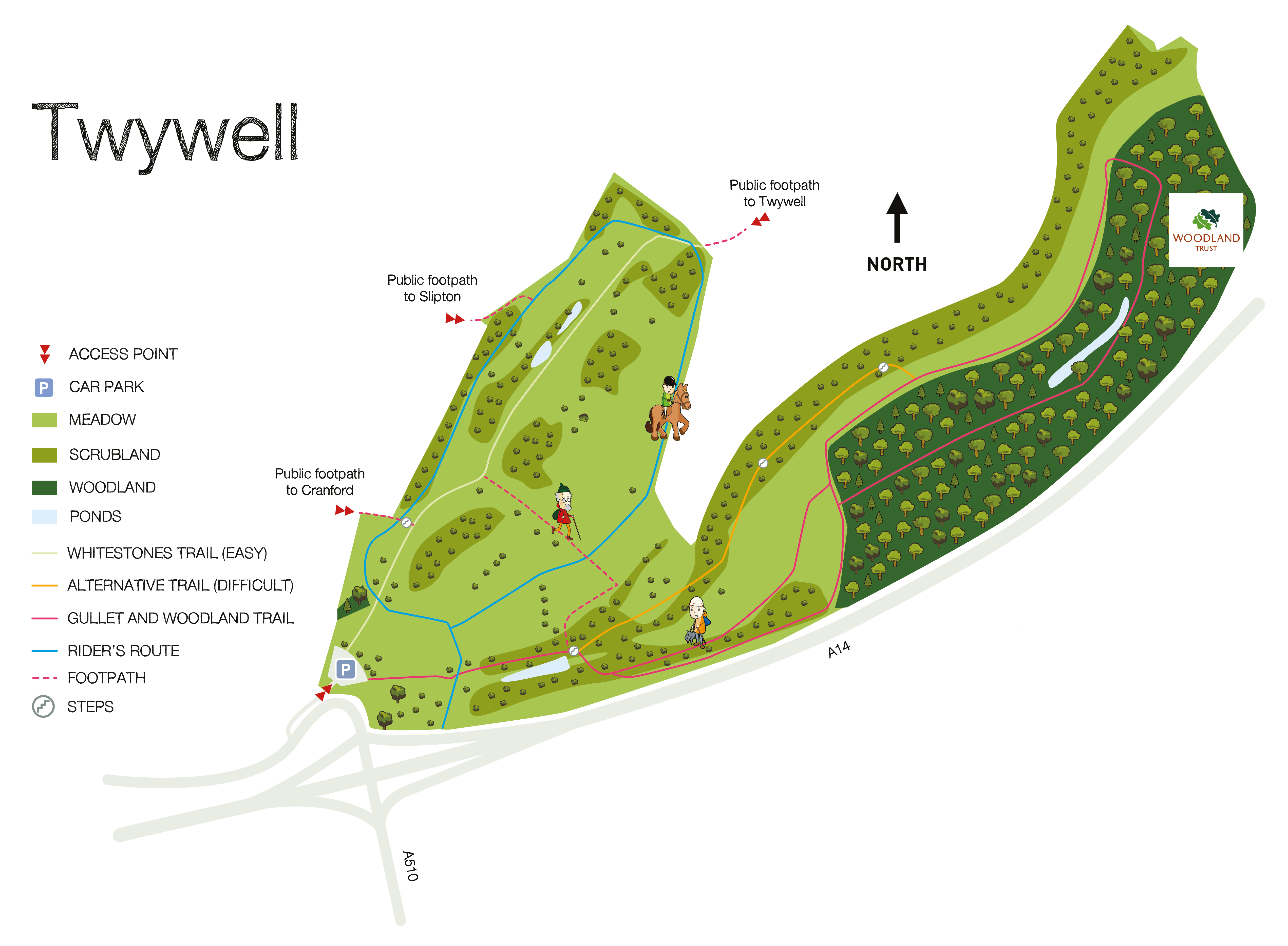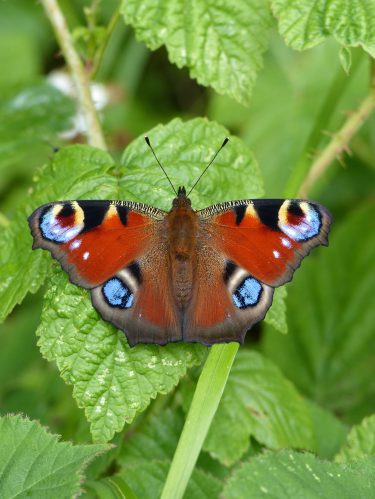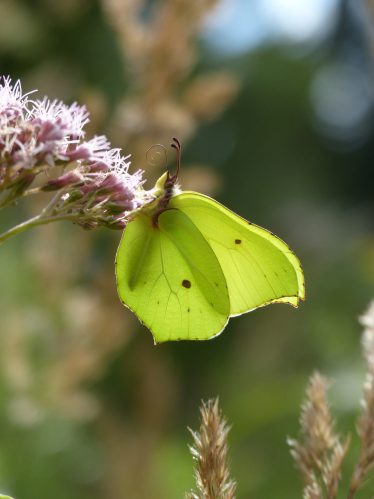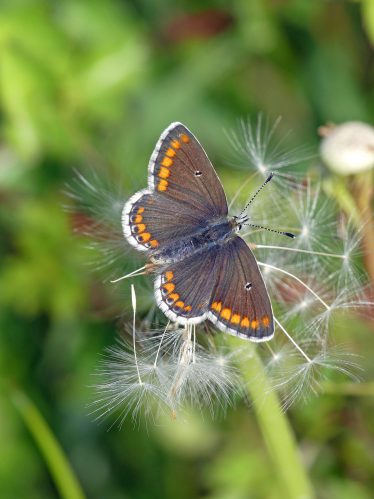The Land Trust was transferred the management of the site acquired from East Northants Council, (now North Northants Council NNC) in 2019. NNC will be investing capital funding to make a number of improvements to the area.
Throughout the initial stages of the handover, the Land Trust will work in partnership with ENC to develop the Friends of Twywell Hills and Dales group, which will ensure any improvements meet the needs of local residents and visitors to the site.
Part of Twywell Hills and Dales is a designated Site of Special Scientific Interest for botany but with an excellent invertebrate fauna which is replicated over more of the site. The site is also recognised as one of best place for butterflies in Northamptonshire. However, these elements of the site were in poor condition and the extensive grassland restoration project lead by the Land Trust has removed significant areas of scrub and is seeing large areas of grassland recovering to support the plants and butterflies, as well as making it better to walk around.
Butterfly Information by Andy Wyldes
Thirty two species of butterfly have been recorded on the site in the last ten years, making it one of the best places to see them in the county.
Skippers: Large, Small, Essex, Dingy, Grizzled.
Whites and Yellows: Large, Small, Green-veined Whites, Orange tip, Clouded Yellow, Wood White, and Brimstone.
Browns, Fritillaries, Admirals, Tortoiseshells: Speckled Wood, Marbled White, Small Heath, Meadow Brown, Gatekeeper, Ringlet, Silver-washed Fritillary, Dark Green Fritillary, Purple Emperor, Red Admiral, Painted Lady, Peacock, Small Tortoiseshell, Comma.
Coppers, Hairstreaks and Blues: Small Copper, Green Hairstreak, White-letter Hairstreak, Holly Blue, Brown Argus, Common Blue
The eastern part of the reserve comprises of woodland and a deep gullet of steep banks exposed by the extraction of limestone. Across from the car park is the area known as the Whitestones, which is formed by limestone spoil. This predominately grassland area with a mixture of scrub and flower rich hollows, is an excellent area for Grizzled and Dingy skippers, Green Hairstreaks, Small Coppers and Small Heaths in the Spring. Followed by large numbers of Marbled Whites, plus Common blues, Brown Argus, Ringlets, Meadow Browns, Gatekeepers, and the Golden skippers in late June & July. Peacocks, Commas, Small Tortoiseshells, Red Admirals, and in some years Clouded Yellows, can be seen feeding from a variety of plants, Bramble flowers, Knapweed and Scabious being amongst the favourites. A small yellow widespread flower, Bird’s-foot trefoil, known locally as “eggs & bacon”, is also the caterpillar food plant for three of the butterfly species here, The Dingy Skipper, Green Hairstreak and Common blue.
The Woodland Plantation is part of the wider Twywell Hills & Dales complex of habitats. Many of the butterflies found in the more open and grassland areas at Twywell can also be found in and around the Woodland area.
The Gullet & Woodland is worth visiting to find similar species, plus in the last couple of years, with the onset of climate change, the range of butterflies in the Woodland Plantation has been enhanced with two of our most colourful and charismatic butterflies, the Purple Emperor, and the Silver-washed Fritillary. Last year also saw the arrival of the Dark Green Fritillary to the grassland areas of the Whitestones.





